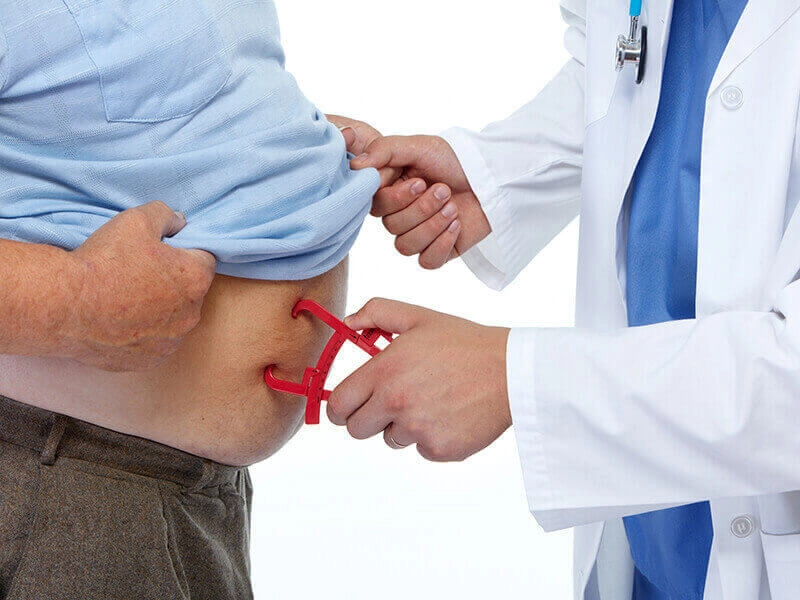Home/Wellness Zone/Sakra Blogs
24th Sep, 2016

What is Liposuction?
Liposuction is an invasive surgical procedure done primarily to improve the body contours and proportion by removing excess fat deposits between the skin and muscle. The focus areas usually involve tummy, hips, thighs and arms which are often resistant to diet and exercise.
What does a Liposuction procedure do?
Liposuction techniques may be used to reduce localized fat deposits of the:
The main aim of the procedure is to reshape the problem areas of the body as mentioned above, and not merely to reduce weight. In men these areas mostly include the waist and back and outer thighs and hips for women.
Apart from this, liposuction is also used in treating some medical conditions like:
Although, Liposuction is a successful procedure with many positive outcomes both aesthetically and medically, it is important to understand that liposuction does not help in treating obesity, cellulite, stretch marks or sagging skin. It is simply not a substitute for diet and exercise to reduce weight.
Types of Liposuction Techniques
Who is the right candidate for a Liposuction?
Who is the right person to perform a Liposuction?
The surgeon has to be a qualified and certified cosmetic surgeon and along with good sculpting and suctioning skills for performing flawless liposuction. The result of liposuction depends a lot on the doctor’s experience and acumen in sculpting and suctioning.
The procedure
Liposuction removes fat from your body using suction. During liposuction, small, thin, blunt-tipped hollow tubes called - cannulas are inserted through tiny cuts in the skin. Fat is suctioned out through these tubes using vacuum – a process known as suction assisted liposuction (SAL), as the doctor moves the tubes around under the skin to target specific fat deposits. Often this process can be assisted by a motor in order to oscillate the cannula for dislodging fat and sculpting the area. This is known as power assisted liposuction (PAL). Similarly other techniques involving sound waves or laser etc. may be used for breaking down fat cells.
Risks involved in Liposuction
Liposuction is one of the commonest procedures performed and associated risks are very infrequent. Some of the complications include – bleeding, infection, changes in sensation, scarring, allergic reactions, damage to underlying structures, unsatisfactory results possibly necessitating additional procedures in some cases which is why it is very important to choose a certified plastic surgeon only.
Recovery after Liposuction
Post- surgery, patient is kept in recovery for a few hours before giving discharge. A compression garment is generally worn by the patient to help shrink the skin and aid in healing
Patient must rest and avoid any kind of strenuous work after the surgery except slight activity inside the house for the next few days. Pain, fever, swelling and bruising are common in the postoperative period. Swelling generally subsides within 48 hours.
Enquire Now
